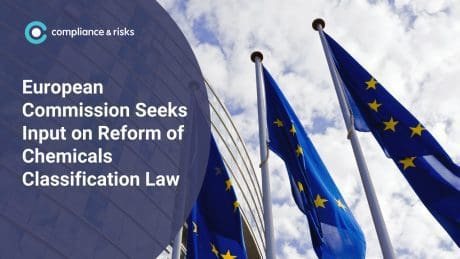
Brand Owner v. Retail Models of Funding the Circular Economy

 Resource recovery through the operation of reverse supply chains requires substantial funding, at least while producers work to internalize and minimize those costs over time. Under government-run waste diversion schemes, those costs are borne by the consumer through payment of much maligned “eco fees”.
Resource recovery through the operation of reverse supply chains requires substantial funding, at least while producers work to internalize and minimize those costs over time. Under government-run waste diversion schemes, those costs are borne by the consumer through payment of much maligned “eco fees”.
The model used for charging and passing along eco fees among supply chain parties can have significant impacts upon long term circular economy strategies. Two models have been adopted in the transition from waste diversion to true individual producer resource recovery:
Brand Owner – Fees Passed Down Supply Chain
The brand owner (or first importer if no resident brand owner) model seeks to obligate the party which “places the product on the market”, whether or not it manufactures, as the responsible party to charge eco fees. This is done in the expectation that casting the net broadly will necessarily allow for (over)collection of fees. The brand owner also notionally controls the product composition, making them the obvious locus for design-for-environment developments.
The challenges presented by this model are numerous:
– brands must include the eco fees in their costing, creating price disparities for the same product across jurisdictions with different (or no) eco fee obligations;
– the eco fees must held in inventory by any intermediary parties between brand owner and final seller, such as distributors and resellers;
– only a subset of the eco fees paid for products placed on a particular market will ultimately be owing – products are distributed elsewhere or go unsold;
– differentiation between fees paid and those ultimately chargeable down the supply chain create costs risks;
Retail Model – Fees at Point of Sale Passed Back Upon
The fees charged in this model aren’t levied until point of sale, but the responsible party remains the brand owner which must recapture those fees to fund the reverse supply chain;
This model also presents challenges:
– there are too many retailers for each product, making the recapture of the eco fees (in a non-regulated market) in the final sale imperfect at best;
– it makes the fees visible as a separate environmental levy, which has, at times, displeased consumers and their governments;
– there is a greater propensity for rival brand owners to seek the same eco fee so as to not lose competitiveness in the eyes of the consumer even though their resource recovery costs may be quite different; and
– across a brand owner’s product line, the administrative pressure to keep all eco fees the same means no encouragement to the consumer for the better designed-for-environment product.
Shedding Legacy of Fee Passing Requires Innovation
Regardless of whether the Brand Owner or Retail model is adopted, what is clear is that the full costs of a product within a circular economy, including all of its resource recovery obligations, must eventually be built into the product pricing, encouraging producers to boldly invest in the types of innovations necessary to make the product resource revenue-positive and a sought-after resource, retiring the eco fee obligation wherever placed.
If you would like to find out more about how you can benefit from Circular Economy regulatory updates, sign up to our newsletter here.








